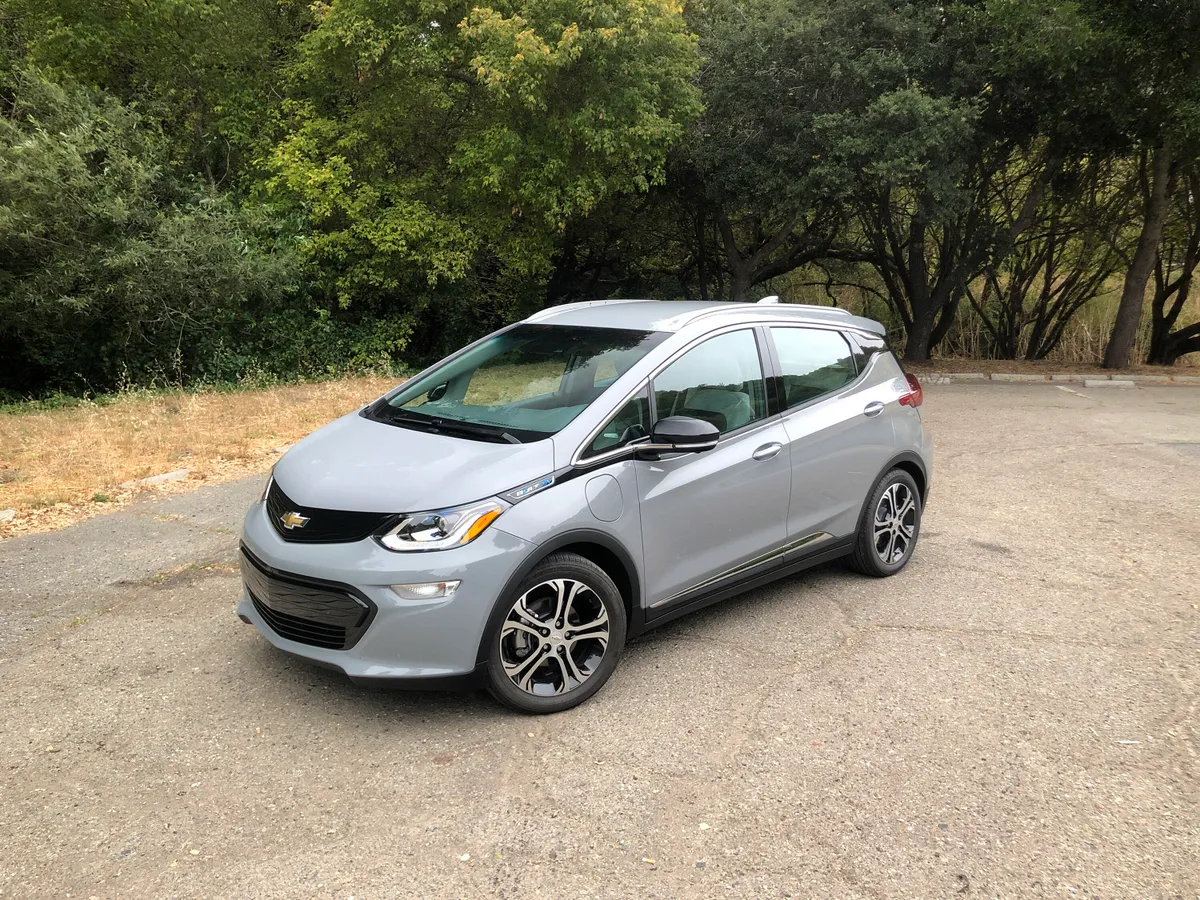Electric vehicles have transformed the way many people think about transportation. With growing environmental concerns, rising fuel prices, and advances in technology, EVs are becoming a preferred choice for millions worldwide. However, one of the biggest concerns for buyers is the battery life and the vehicle’s driving range over time.
The range refers to the maximum distance an EV can travel on a full battery charge, which directly impacts convenience and usability. Unlike gasoline vehicles, where a full tank usually provides consistent mileage year after year, EV batteries degrade naturally as they age, meaning the driving range can shrink significantly.
Battery degradation is a complex process influenced by several factors such as the chemistry of the battery cells, how the vehicle manages temperature, and the way the battery is charged and used. High temperatures, frequent fast charging, and deep discharges tend to accelerate degradation, reducing the amount of energy the battery can store.
On the other hand, some vehicles employ advanced cooling systems, use better battery chemistries, or implement software algorithms to preserve battery health. These measures can greatly slow down the degradation process, allowing the EV to maintain a larger percentage of its original range for years.
For a potential EV owner, understanding how different models hold up after a few years is critical. Some EVs can lose almost half their range within four years, which can be frustrating and costly, while others retain close to their original driving distance, offering better value over time. Battery degradation not only affects driving convenience but also influences the vehicle’s resale price and lifespan.
This article examines ten electric vehicles, five that generally maintain their range well after four years, and five that commonly experience significant range loss of around 50% in the same period.
By comparing these models, you can better understand which EVs are more reliable in terms of battery performance and what to consider before making a purchase. This knowledge is valuable whether you are buying a new or considering a used EV and want to avoid surprises related to range loss.
Also Read: 5 Cars With Best Visibility and 5 With Major Blind Spots
5 EVs That Maintain Range After 4 Years
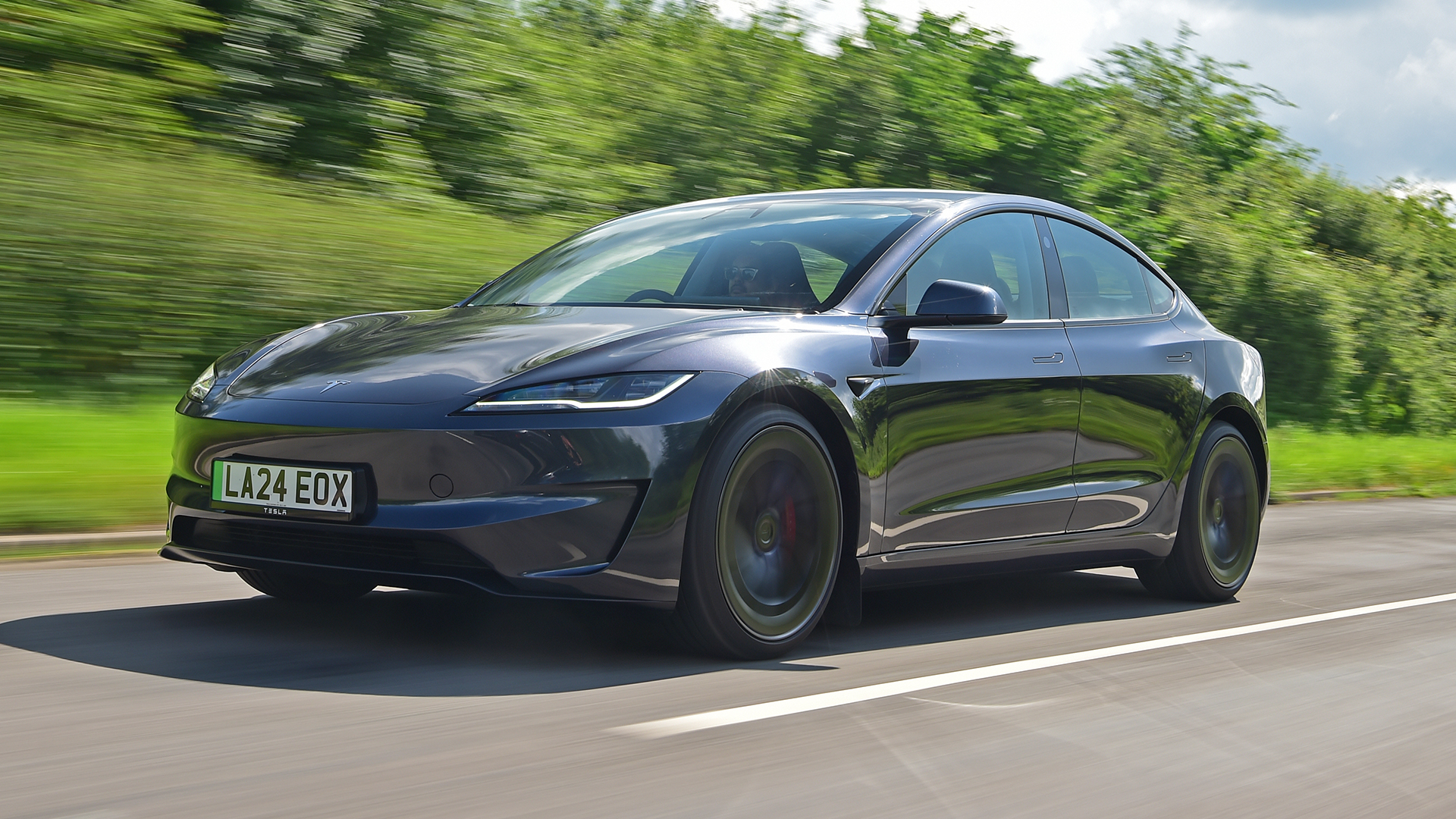
1. Tesla Model 3
Tesla’s Model 3 is often regarded as a benchmark for battery longevity in electric vehicles. The company has invested heavily in battery technology and thermal management, which play a crucial role in preserving battery health over time.
Unlike many earlier EVs, the Model 3 uses a liquid cooling system that regulates the battery temperature very effectively, preventing overheating in hot weather and avoiding excessive cold exposure in winter.
This balance helps slow the chemical degradation processes that reduce battery capacity. Beyond physical hardware, Tesla continuously updates its battery management software remotely, optimizing charging patterns and power distribution based on real-time data from the fleet.
This ability to improve battery health management through software updates is unique to Tesla and gives the Model 3 an edge over competitors. According to owner reports, independent studies, and real-world data, the Model 3 experiences only a minor loss of driving range over extended use. After four years or roughly 100,000 miles, most drivers see only about a 5-10% decrease in their vehicle’s maximum range.
This is impressive compared to many other electric vehicles and means the Model 3 still offers plenty of range for daily commutes and longer trips without frequent recharging. This reliability enhances driver confidence, reduces range anxiety, and maintains the vehicle’s value in the used car market.
Tesla backs the Model 3’s battery with an extensive warranty that typically covers 8 years or 120,000 miles, guaranteeing a minimum of 70% battery capacity retention. This warranty indicates the company’s confidence in its battery technology and offers reassurance to buyers concerned about long-term degradation.
Many Model 3 owners have reported driving well beyond the warranty period with little noticeable drop in performance, a testament to Tesla’s engineering. Additionally, Tesla’s Supercharger network encourages moderate charging speeds and discourages unnecessary fast charging, which can accelerate battery wear.
The Model 3’s onboard charging management intelligently adjusts charging rates, further protecting the battery. Combined with the vehicle’s efficient design and regenerative braking system, the Model 3’s battery endures better than many rivals, keeping the car relevant and useful for years.

2. Chevrolet Bolt EV
The Chevrolet Bolt EV has earned a reputation for durability, especially when it comes to maintaining its driving range over several years. General Motors has worked to perfect the Bolt’s battery chemistry and management since its introduction.
While the Bolt experienced some early issues that led to battery recalls, the fixes implemented have helped improve the battery’s resilience. The battery pack includes a liquid cooling system that regulates temperature and protects cells from extreme heat and cold, which can accelerate degradation.
Drivers commonly report that the Bolt retains about 85-90% of its original range after around four years of use, even with moderate fast charging and daily driving conditions.
This retention rate means that the Bolt remains practical and usable for both commuting and longer drives, helping it stand out as an affordable yet reliable electric vehicle. The efficient design of the car, including its relatively low weight and aerodynamic profile, contributes to less battery strain and slower degradation over time.
The Bolt’s battery system is supported by GM’s warranty covering 8 years or 100,000 miles, with guarantees on capacity retention similar to industry standards.
GM also provides regular software updates to optimize battery charging and energy use, which help extend battery life beyond what the hardware alone could accomplish. These updates can improve charging speed management and adjust regenerative braking to reduce battery stress.
Another factor in the Bolt’s battery longevity is the balance GM has struck between battery size and vehicle weight. By choosing a battery capacity that meets daily needs without excessive size, the vehicle avoids putting undue strain on the cells, reducing wear and tear. Owners appreciate the Bolt for its combination of affordable pricing, solid range retention, and practical everyday usability.
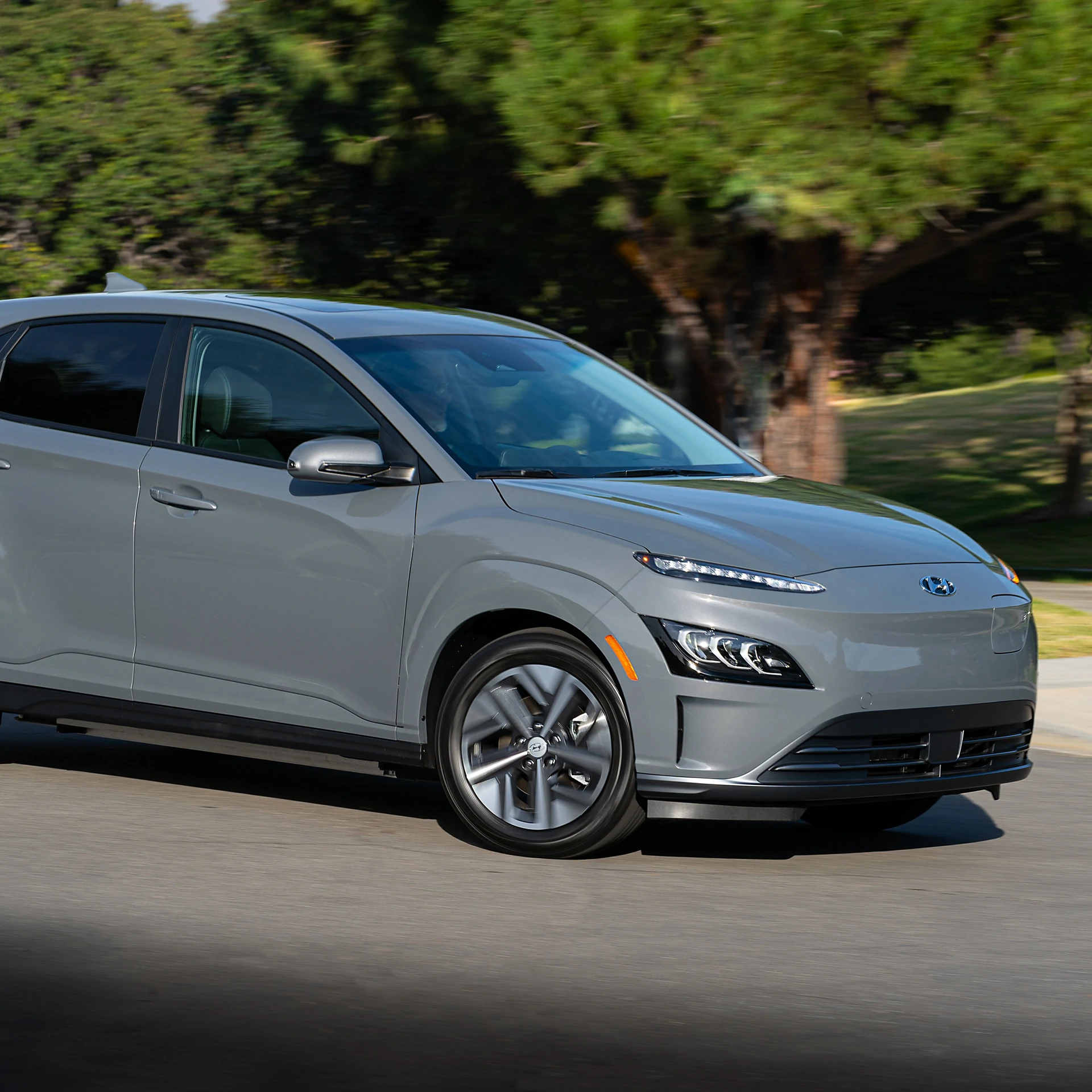
3. Hyundai Kona Electric
The Hyundai Kona Electric is known for combining affordability, style, and strong battery performance. One of its key strengths is the advanced thermal management system that actively cools and heats the battery to keep it in optimal condition.
This liquid cooling system helps prevent overheating during fast charging and heavy use, a major factor in reducing long-term degradation. The Kona Electric’s battery chemistry has been carefully chosen to balance energy density with stability, making it less prone to capacity loss under normal operating conditions.
Kona Electric owners frequently report only minor declines in driving range after four years, usually around 5 to 12%. This is a solid performance, especially considering the vehicle’s price point and target market.
The battery’s ability to hold a high percentage of its original capacity means the Kona Electric remains practical for daily commutes and longer trips without worrying about frequent stops to recharge or a rapid drop in range.
Hyundai supports its battery packs with an 8-year or 100,000-mile warranty, promising that capacity will not fall below 70% during this period. This warranty reassures customers and underscores the company’s confidence in its battery technology. In addition, Hyundai frequently releases software updates that optimize charging algorithms and power usage, helping to extend battery life even further.
The Kona Electric’s efficiency and reliability have made it a popular choice among EV buyers seeking a balance between cost, driving range, and long-term durability. Its reputation for maintaining battery health over time strengthens its appeal in a competitive market where range retention is a critical factor.
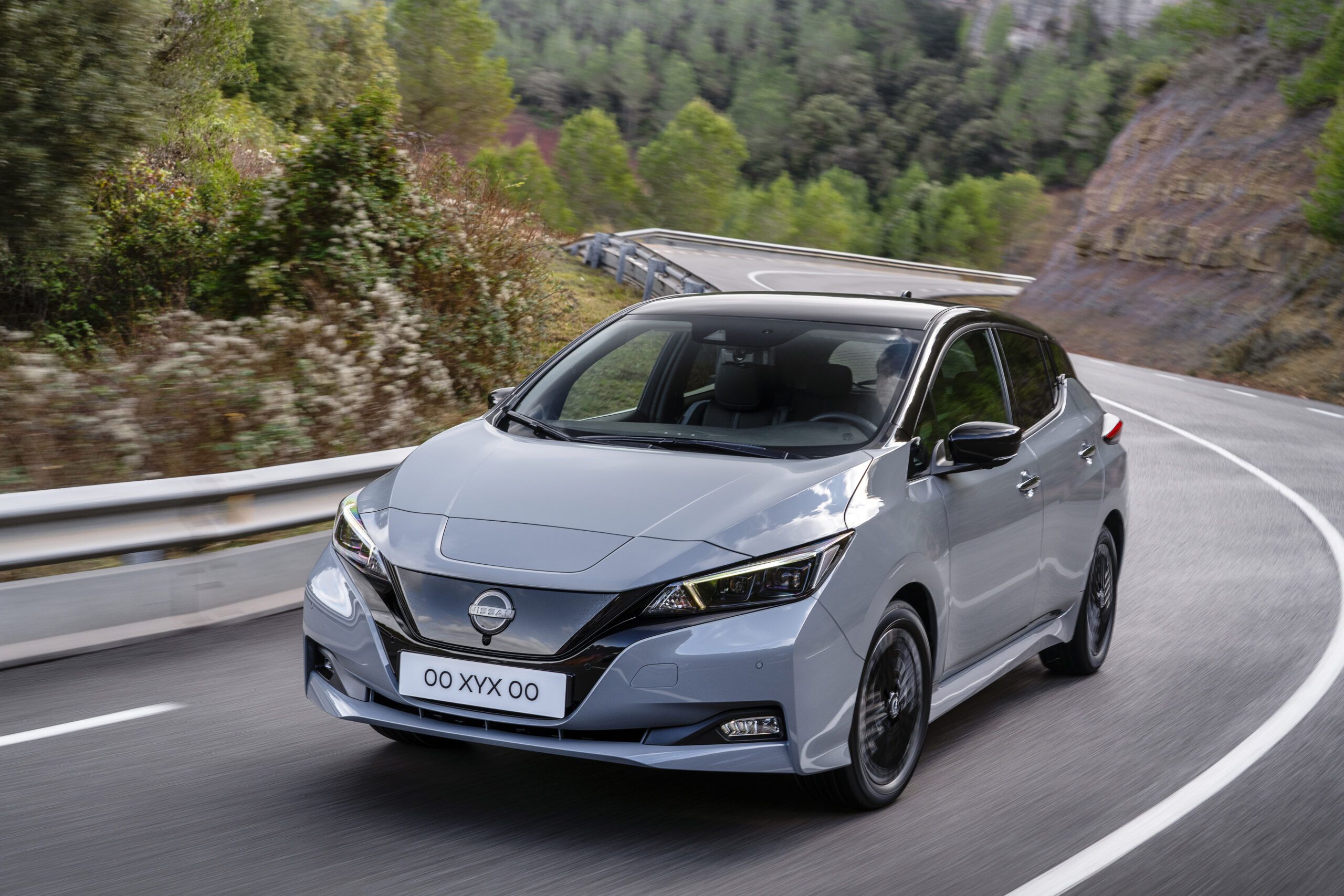
4. Nissan Leaf (Newer Models)
While the Nissan Leaf was one of the first mass-produced electric vehicles and paved the way for many others, the battery technology in the earliest models left room for improvement. Early Leafs, especially those without liquid cooling systems, were prone to faster battery degradation in hot climates.
However, Nissan significantly improved battery design and thermal management in newer Leaf models, which now use liquid cooling systems to better regulate temperatures and protect battery health.
Newer Leaf owners often report that their cars retain approximately 80-90% of the original range after four years. This is a significant improvement over earlier generations, making the Leaf a practical choice for buyers concerned about long-term battery performance. The improved battery chemistry also contributes to better resistance against capacity loss caused by frequent charging and discharging cycles.
Nissan provides a competitive battery warranty covering 8 years or 100,000 miles, guaranteeing that battery capacity will remain above 70% during this time. This commitment helps restore consumer confidence in the Leaf as a reliable electric vehicle capable of holding its range over multiple years. Nissan’s continued investment in battery improvements reflects its dedication to addressing early concerns.
Although the Leaf does not offer the longest range compared to newer competitors, its consistent range retention and affordability make it an appealing option for many drivers. Its widespread availability and established reputation mean that many buyers can find used models with predictable battery performance.
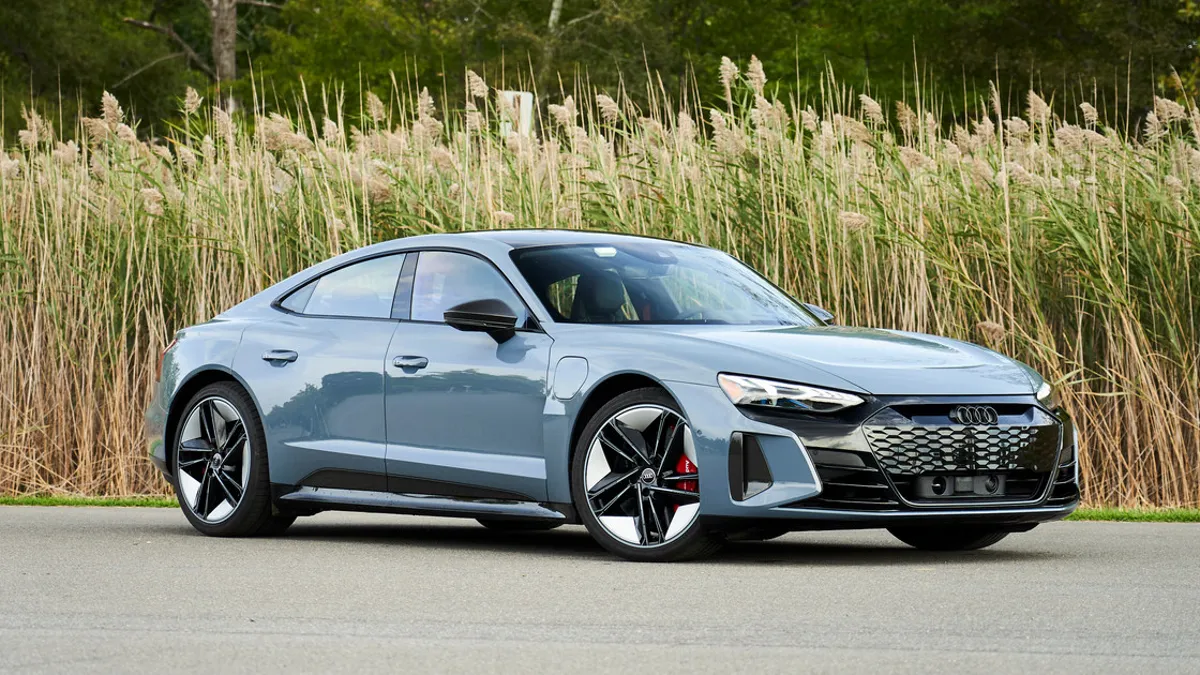
5. Audi e-tron
The Audi e-tron is a luxury electric SUV that has earned praise for its refined design, premium features, and robust battery technology. Audi employs an advanced thermal management system in the e-tron that uses liquid cooling and heating to maintain battery cells at an ideal temperature. This reduces the risk of accelerated degradation caused by temperature extremes, ensuring the battery ages gracefully.
Owners of the Audi e-tron report moderate range loss after four years, typically around 10-15%, which is reasonable for a vehicle in its class and size. The e-tron’s battery chemistry is designed for longevity and balanced with high power output, providing strong performance without sacrificing durability. This combination makes the e-tron a strong choice for buyers who want both luxury and dependable battery life.
Audi backs the battery with an 8-year or 100,000-mile warranty, promising replacement or repair if capacity falls below a certain threshold. This warranty reflects the company’s confidence in its battery design and thermal management capabilities. Regular software updates help improve battery and powertrain efficiency, further protecting battery health.
The e-tron’s range retention, paired with its luxury status and advanced technology, positions it well among premium electric SUVs. Buyers can expect consistent performance and reliable range over multiple years, making it a strong competitor in the luxury EV market.
5 EVs That Lose 50% of Their Range by Year 4
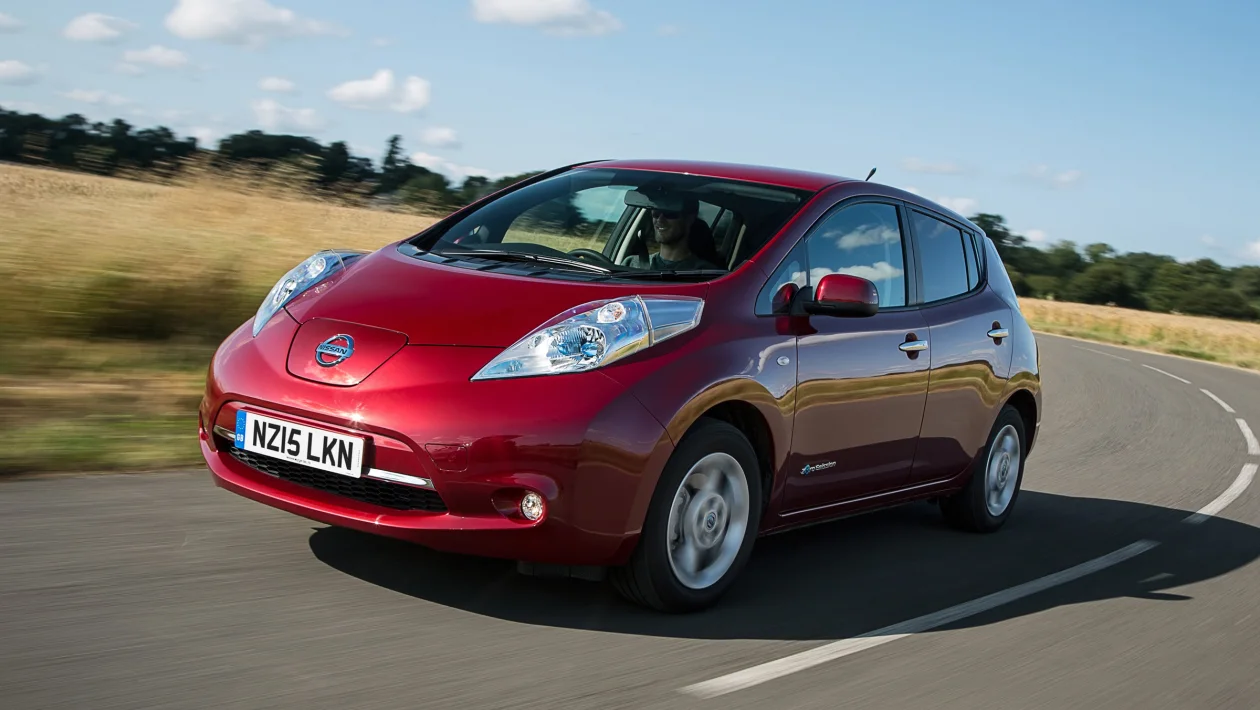
1. Early Model Nissan Leaf (2011–2017)
The early Nissan Leaf models were groundbreaking in making electric cars accessible to the general public, but their battery technology had significant limitations that led to rapid range loss. One of the main issues was the lack of an active thermal management system.
Unlike many modern EVs that use liquid cooling or heating to maintain optimal battery temperature, the early Leafs relied solely on passive air cooling. This meant that in hot climates, the battery pack could easily overheat during charging or heavy use, which accelerated chemical degradation inside the battery cells. Over time, this heat stress caused the battery capacity to decline much faster than in vehicles with better temperature control.
Owners living in regions with hotter weather reported especially dramatic range losses, often seeing their vehicle’s maximum driving distance cut by nearly 50% within just four years.
This degradation could turn a car that originally had an official EPA range of around 100 miles into one that barely exceeded 50 miles per charge. Such a loss severely limited the practical usability of the car for longer trips, reducing its appeal and lowering resale values.
The battery chemistry itself was less resilient compared to more recent advancements. Early Leafs used a lithium-ion chemistry that was more sensitive to heat and fast charging cycles.
Combined with the absence of robust cooling, this made the battery cells degrade unevenly, sometimes resulting in “capacity clustering” where some cells deteriorated faster than others. Without balancing, this further impacted the range and performance.
Despite Nissan’s generous 8-year, 100,000-mile warranty guaranteeing at least 70% battery capacity retention, many owners experienced significant range loss well before reaching those limits.
This situation underscored the importance of proper thermal management and battery chemistry improvements in later models. While the Leaf remains a popular used EV, prospective buyers should be aware of these issues when considering early versions.
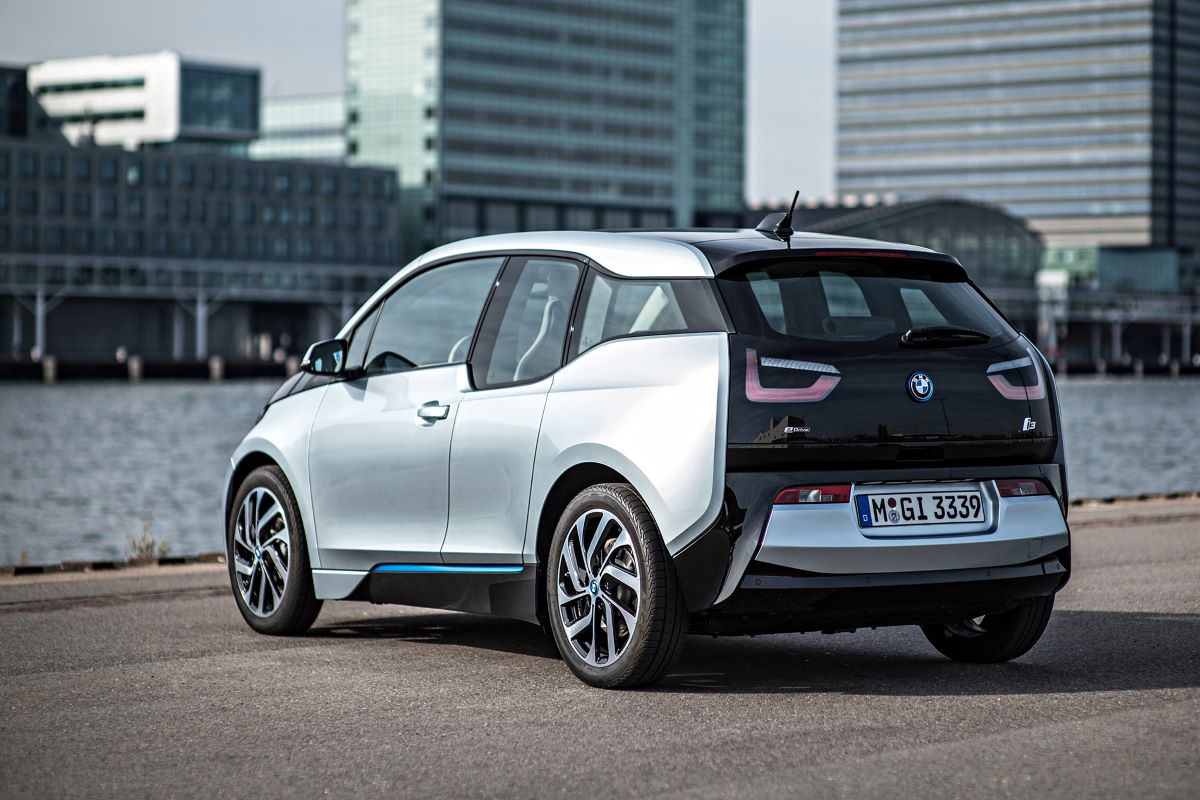
2. BMW i3 (Early Models)
The BMW i3 was an innovative vehicle featuring lightweight carbon fiber construction and a distinctive design, but the battery technology in the earliest models showed vulnerabilities to degradation.
The i3 initially used a smaller battery pack compared to many competitors, which meant that any capacity loss represented a substantial percentage of the vehicle’s range. Early i3 batteries were designed with a particular lithium-ion chemistry that, while providing good power output, was not optimized for long-term durability under all conditions.
Thermal management in the early i3 was limited. The battery pack was air-cooled rather than liquid-cooled, which is less effective at regulating cell temperature during intense charging or extreme weather.
In warmer climates or with frequent fast charging, this led to accelerated battery wear. Users reported range losses that approached 50% by the time their vehicles were four years old, greatly reducing the practicality of the car for daily use and longer drives.
Because the i3’s battery was smaller (around 22 kWh in early versions), losing half its capacity translated to a severe drop in driving range, from approximately 80-90 miles when new down to less than 45 miles later on. Such a drop pushed many owners to consider replacing their battery packs or trading in for newer models with improved battery technology.
BMW’s battery warranty promised coverage for eight years or 100,000 miles, but many drivers found the reduced range frustrating, especially as their car’s resale value decreased accordingly. The company responded by upgrading battery size and adding liquid thermal management in later versions to address these issues. Still, buyers of early i3 models should be mindful of the potential for steep range decline.
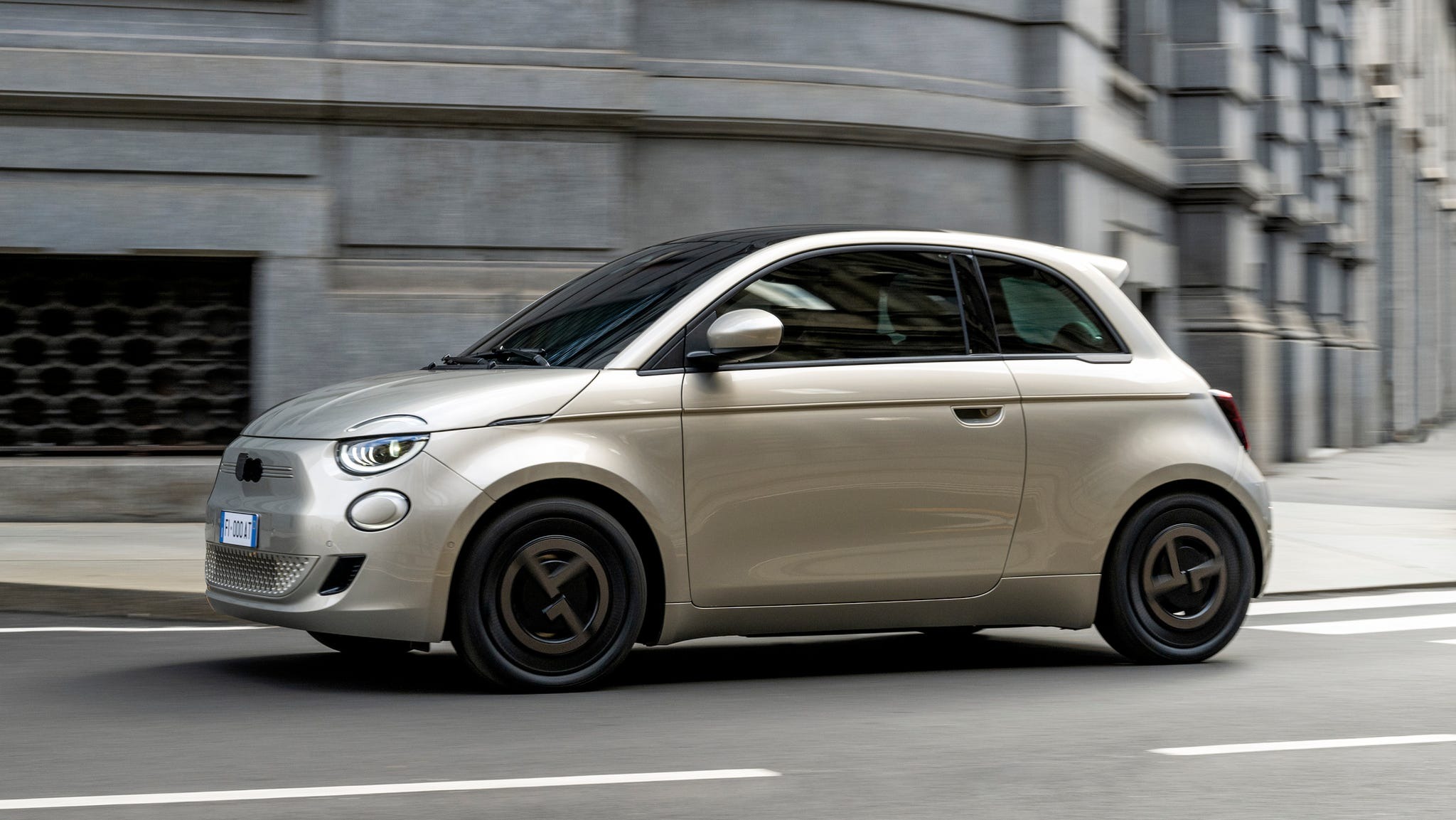
3. Fiat 500e
The Fiat 500e was praised for its compact size and city-friendly design, but struggled with significant battery degradation in its earlier years. The vehicle’s battery pack was relatively small, limiting its initial driving range to around 80 miles.
However, many owners reported a rapid drop in capacity over just a few years. The chemistry of the battery cells and the cooling system used in the 500e were not as advanced as those in some competitors, leading to faster wear and tear.
The 500e lacked a robust liquid cooling system and instead relied on passive air cooling, which exposed the battery cells to temperature fluctuations. This was particularly problematic in hotter climates where the battery would heat up during charging or extended use, accelerating degradation. Additionally, frequent use of fast charging could stress the battery cells and reduce their lifespan more quickly.
As a result, some owners experienced battery capacity losses of 40-50% within four years, which dramatically shortened the usable driving range. For a vehicle that initially offered a modest range, losing half the battery capacity made the car almost unusable for anything beyond short, local trips. This limited range also affected the vehicle’s resale value and desirability.
Fiat provides an 8-year or 100,000-mile battery warranty that protects owners to some extent, but the range drop often occurs before the warranty period ends, creating dissatisfaction. Buyers considering a used 500e should be aware of the potential for accelerated battery degradation and the impact it may have on usability.
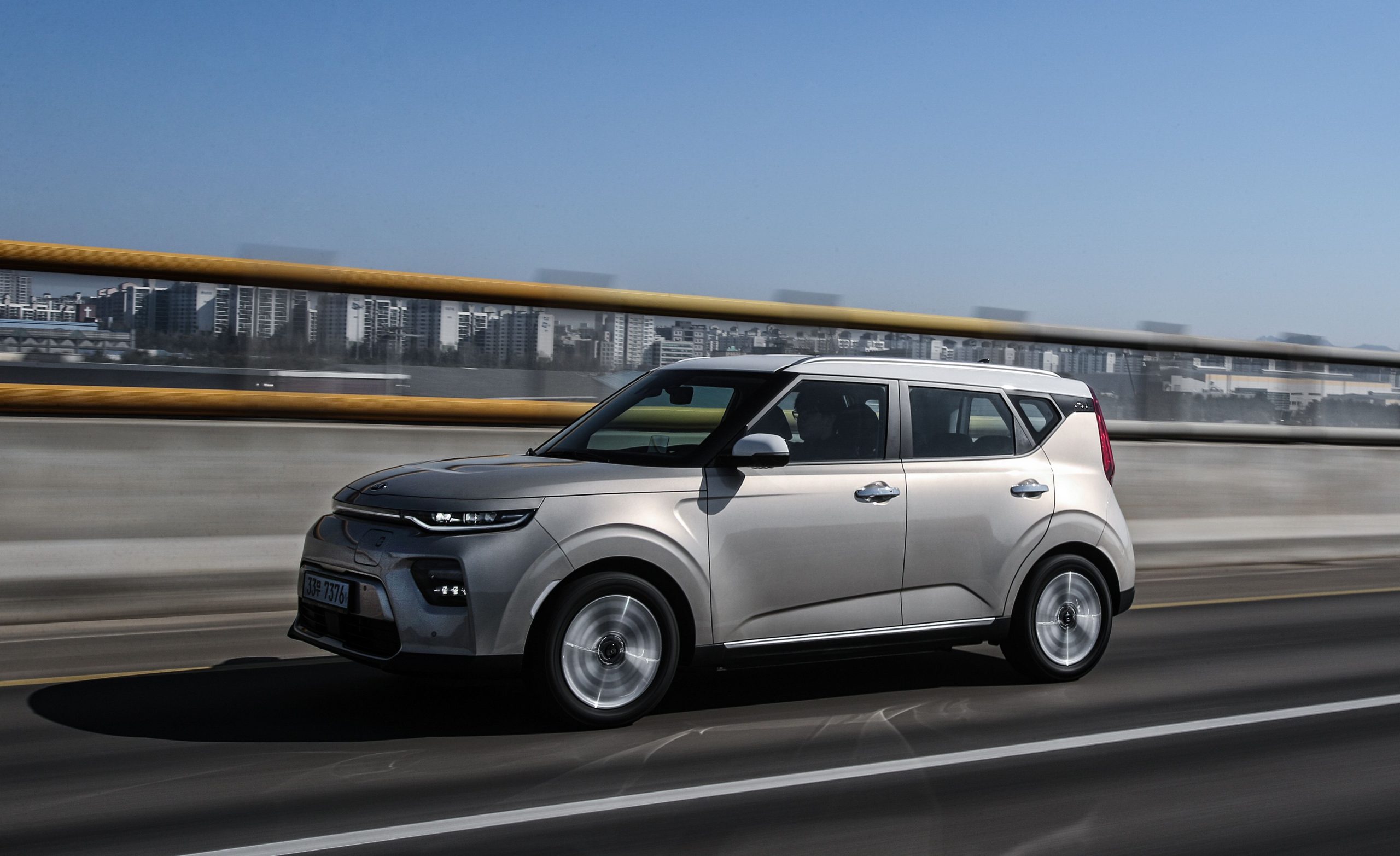
4. Kia Soul EV (Early Models)
The early versions of the Kia Soul EV faced challenges similar to those of other first-generation EVs regarding battery longevity. While Kia has improved its battery technology significantly in recent years, the original Soul EV’s battery pack was susceptible to rapid capacity loss under certain conditions.
The thermal management system was less sophisticated, relying primarily on passive air cooling, which offered limited protection against high temperatures or extreme charging cycles.
Owners in warmer climates were more likely to see a steep drop in battery capacity, sometimes losing up to 50% within four years. This decline reduced the driving range from about 93 miles initially to less than 50 miles, greatly affecting the vehicle’s daily usability and range confidence. Since the battery pack was relatively small, any loss had a large proportional impact.
Frequent fast charging further contributed to battery wear, and some owners reported diminished range even under more moderate driving patterns. The early Soul EV’s battery chemistry, while adequate at launch, did not have the longevity advantages seen in later generations with better cell designs and thermal management.
Kia’s battery warranty covers 8 years or 100,000 miles, but some owners still experienced rapid degradation within this timeframe. Recognizing these challenges, Kia invested heavily in battery improvements for newer Soul EV models, including liquid cooling and updated cell chemistry. Nevertheless, buyers of early Soul EVs need to be cautious about potential range loss and factor this into their purchase decisions.
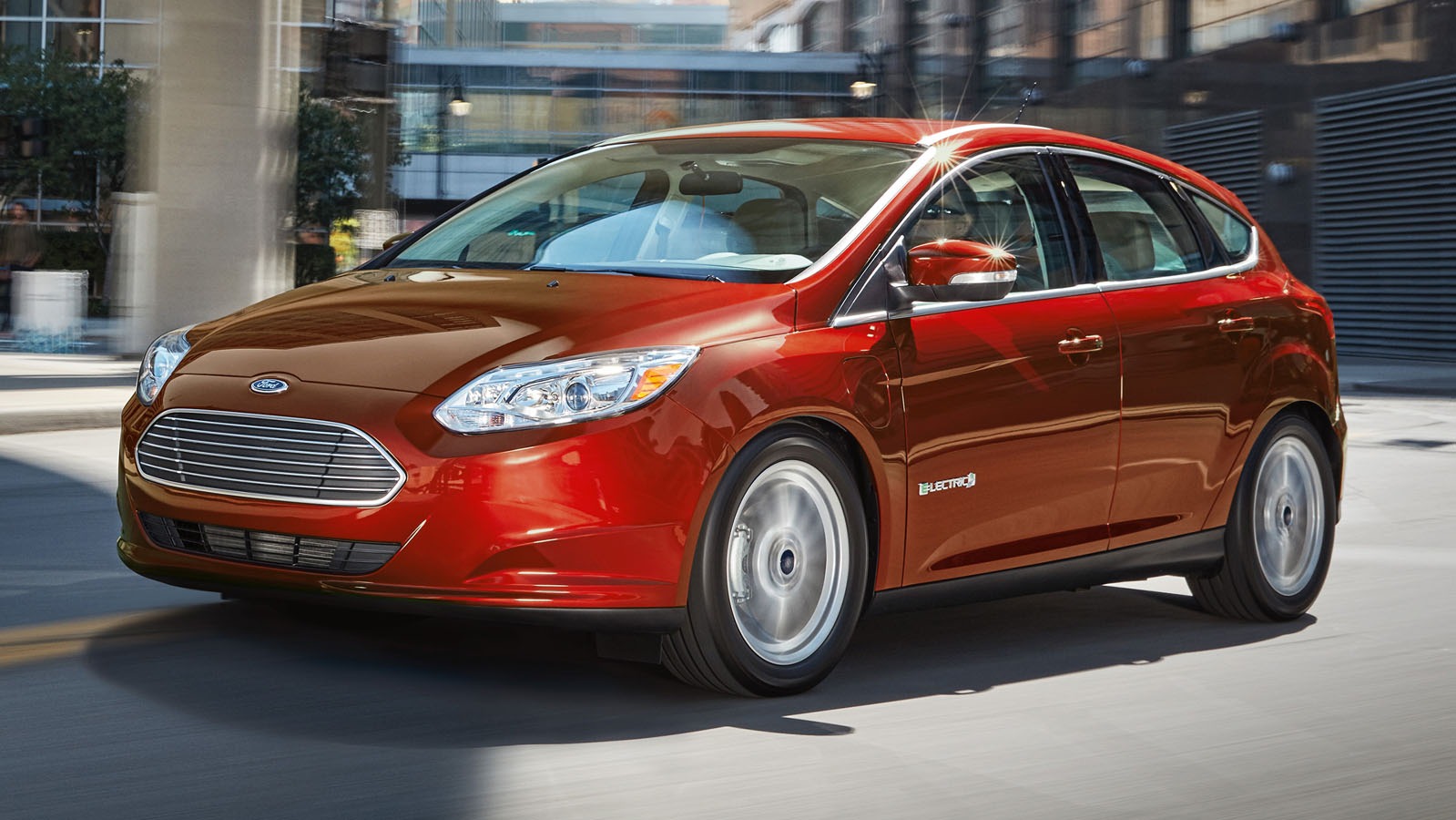
5. Ford Focus Electric
Ford’s Focus Electric was one of the early electric offerings from a major automaker, but it struggled with battery degradation issues that limited its long-term range retention. The Focus Electric used a lithium-ion battery pack that did not include an advanced liquid cooling system, relying instead on passive cooling methods.
This lack of effective thermal regulation allowed battery cells to experience heat-related stress, especially during fast charging or hot weather conditions.
Owners reported range reductions of nearly 50% within four years, which reduced the vehicle’s EPA-rated range from around 115 miles down to nearly half of that. This sharp decline negatively impacted the car’s appeal for daily driving and longer trips, as range anxiety grew and recharging frequency increased.
The battery chemistry and pack design were not as resilient compared to newer EVs with more sophisticated systems. Frequent fast charging cycles and deep discharges accelerated degradation, shortening the battery’s useful life. Many drivers faced the unpleasant reality of significantly diminished driving range well before the battery warranty expired.
Ford’s battery warranty also covers 8 years or 100,000 miles, but this often did little to ease owners’ concerns about reduced range and usability. The Focus Electric’s limited battery longevity contributed to its relatively short production run and Ford’s decision to focus on newer models with improved battery technology. Potential buyers of used Focus Electrics should carefully consider the impact of battery degradation when evaluating these vehicles.
Also Read: 5 Cars With Effective Air Filtration and 5 That Circulate Dust
Battery longevity and range retention remain among the most important factors for anyone considering an electric vehicle. While the environmental benefits and operational savings of EVs are compelling, the practical usability of these vehicles hinges heavily on how well their batteries hold up over time.
The comparison between electric vehicles that maintain their range and those that lose as much as 50% of their driving distance within just a few years highlights the diversity in battery technology, thermal management, and design approaches among different manufacturers.
One of the most striking observations is the critical role that battery thermal management systems play in extending battery life. Vehicles like the Tesla Model 3, Hyundai Kona Electric, and newer Nissan Leafs benefit from liquid cooling and heating systems that regulate the battery’s temperature precisely, preventing overheating and extreme cold conditions that accelerate degradation.
In contrast, early EVs that relied on passive or air cooling systems often struggled in hotter climates, leading to faster capacity loss. These technological differences reveal how much progress has been made in battery design and management in recent years and underscore the importance of this feature for buyers.
Beyond thermal management, the battery chemistry itself and the vehicle’s software algorithms also significantly influence range retention. Advances in cell chemistry allow for better stability and less capacity fade, even under repeated charging cycles and various environmental stresses.
Software updates, especially those delivered over-the-air as seen with Tesla, can optimize charging speeds, balance cell health, and adjust power output in ways that slow battery wear. These continuous improvements mean some EVs get better with age or at least degrade more slowly than was once thought possible.
The examples of EVs that lose significant range, such as early Nissan Leafs, BMW i3s, and Fiat 500es, serve as cautionary tales. They illustrate how insufficient thermal management, smaller battery packs, and less robust chemistries can lead to disappointing performance over time. Range loss not only reduces daily usability but also impacts resale value and owner satisfaction.
Many early EV owners faced frustration when their vehicles no longer delivered the range advertised at purchase, especially since replacing a battery pack can be costly. However, these challenges have pushed manufacturers to prioritize battery longevity in newer models and offer better warranties and support.
Warranties generally cover 8 years or 100,000 miles with minimum capacity retention guarantees, reflecting industry standards aimed at giving consumers peace of mind. While warranties provide some protection, they do not fully compensate for the inconvenience and loss of utility caused by substantial range degradation. Therefore, prospective buyers should not rely solely on warranties but also research real-world owner experiences and independent studies on battery health for specific EV models.
Another important consideration is charging behavior. Frequent use of fast chargers, deep discharging, and extreme temperature exposure all contribute to accelerated battery wear. EV owners who adopt moderate charging habits, avoid running batteries to near-empty, and park in temperature-controlled environments often see better battery longevity. This means that battery lifespan is not only a product of hardware and software design but also of user habits and environmental factors.
For anyone looking to buy an EV today, understanding these factors is crucial. Vehicles like the Tesla Model 3, Chevrolet Bolt EV, Hyundai Kona Electric, and newer Nissan Leafs offer strong evidence that maintaining range over several years is achievable.
Their combination of advanced cooling, solid battery chemistry, and intelligent software management delivers a better long-term ownership experience. Conversely, buyers of older models or those with less advanced technology should prepare for potential range loss that can affect daily usability and value.
The electric vehicle market continues to evolve rapidly, with manufacturers constantly innovating battery materials, thermal systems, and charging technologies. Solid-state batteries, improved cooling techniques, and more sophisticated battery management systems promise even better longevity shortly. These advancements will help reduce one of the biggest concerns many consumers have about EV ownership and accelerate the transition away from fossil fuels.
Battery degradation varies widely among electric vehicles, and this has a profound impact on the ownership experience. Models with advanced thermal management, improved battery chemistry, and adaptive software tend to maintain range much better than earlier or less sophisticated EVs. Buyers should carefully evaluate not only the vehicle’s initial range but also how well that range holds up over time.
Doing so will help ensure a satisfying EV experience with fewer surprises and better value retention. As battery technology advances, the gap between those that maintain range and those that lose it will likely narrow, making electric vehicles an even more practical and reliable choice for the future.

